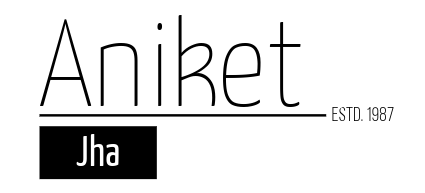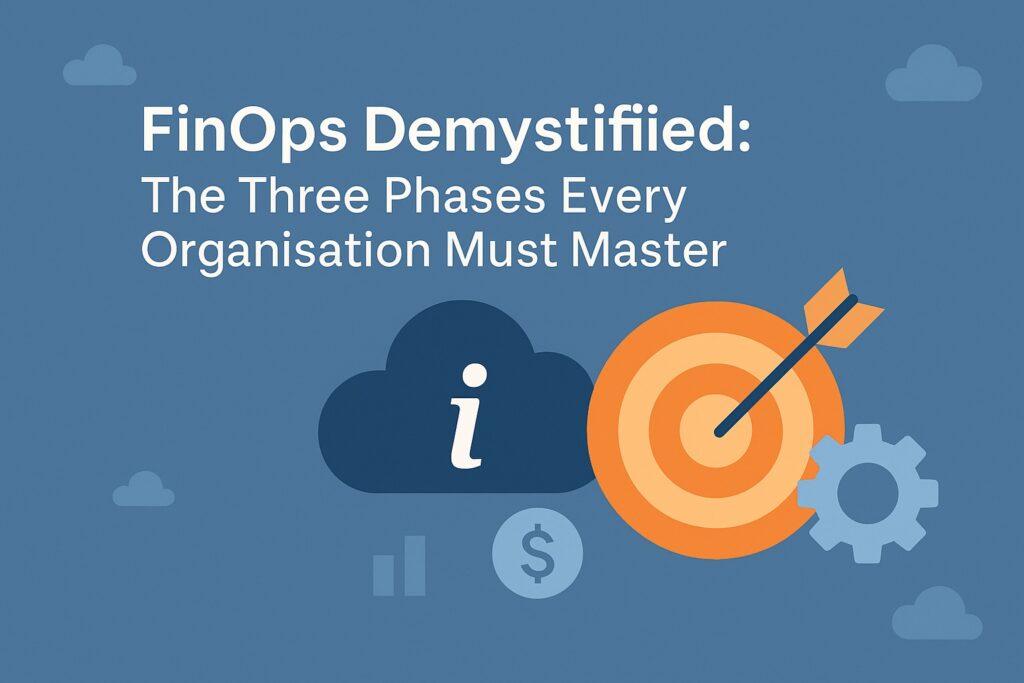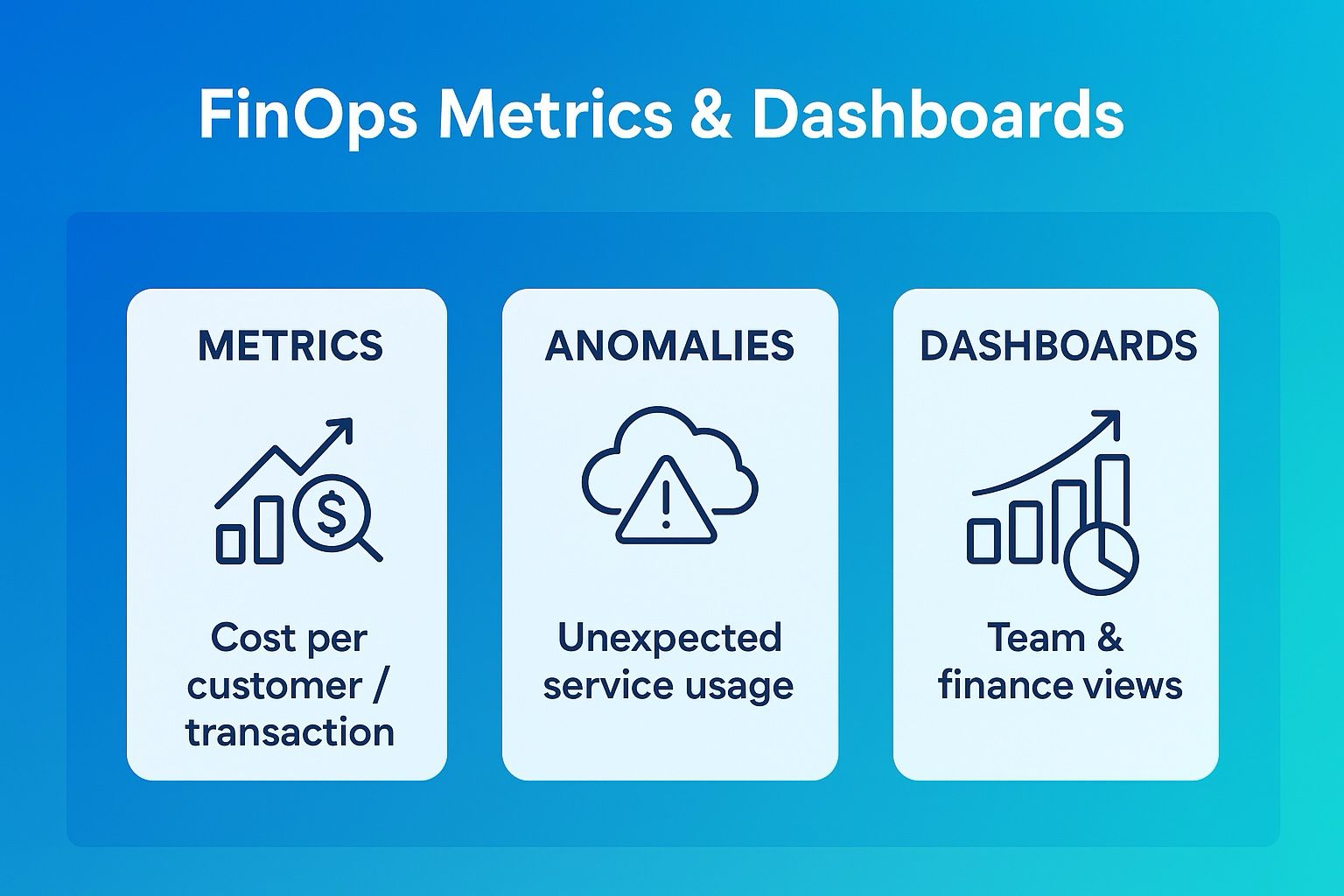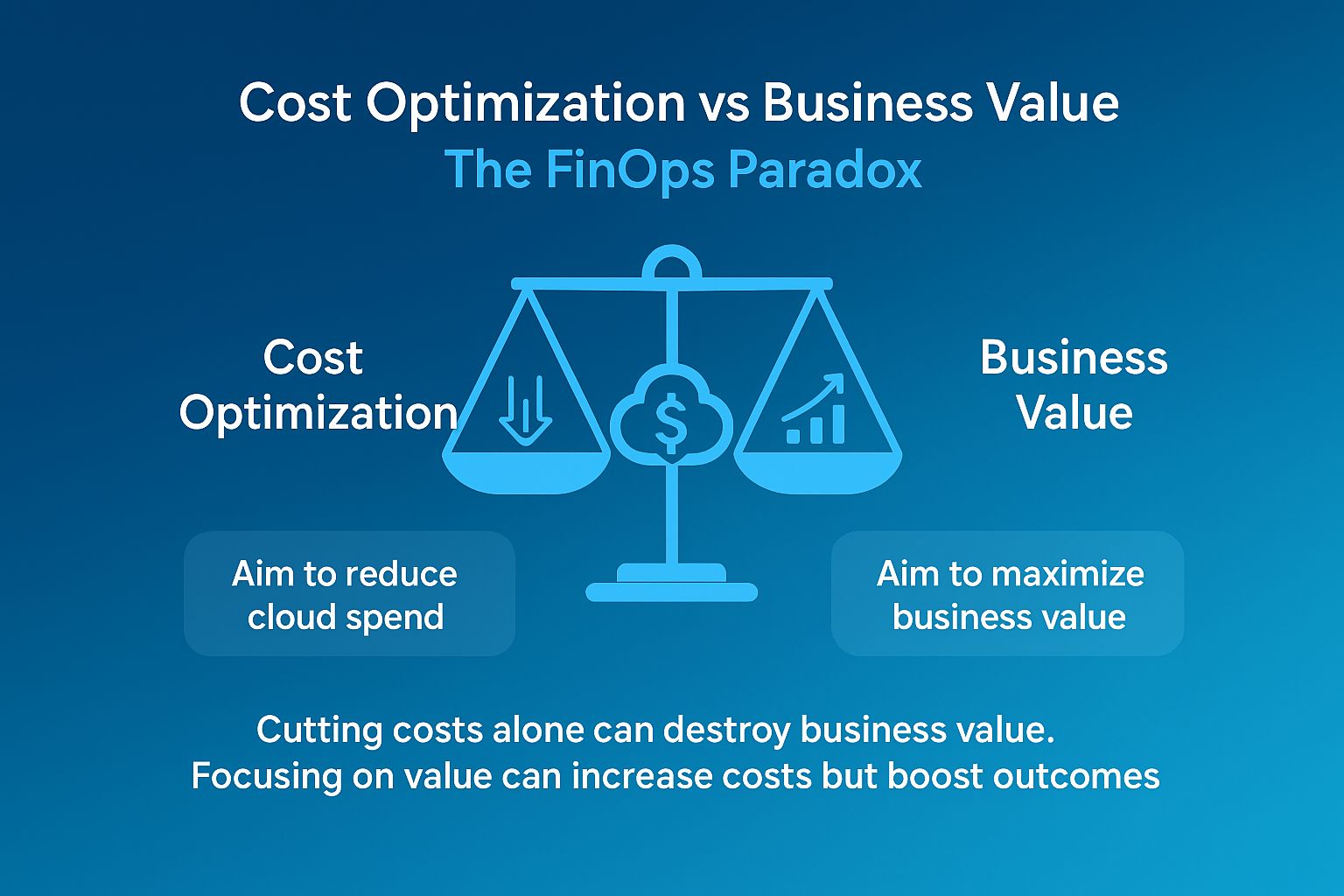The cloud has changed everything.
Launching a new app used to take weeks of procurement and setup. Today, it can happen in a single afternoon. Need more storage, computing power, or global reach? With a few clicks, it’s there. The cloud has made innovation nearly limitless.
But there’s a hidden side to this story: the bill.
Unchecked and unplanned costs can climb faster than expected, often without anyone realising why. This is the exact problem FinOps was created to solve.
What is FinOps, really?
FinOps, short for Cloud Financial Operations isn’t just about cutting costs. It’s about creating a way for Finance, Engineering, and Business teams to work together on cloud spending.
Here’s how it solves:
Engineers want speed and flexibility.
Finance wants predictability and control.
Business leaders want to know cloud investments translate into value.
FinOps gives all three groups a shared language. Instead of arguing over bills after the fact, teams make smarter decisions upfront, balancing cost, speed, and performance.
The FinOps Foundation describes this journey in three phases: Inform, Optimise and Operate. Let’s break them down and see how they play out in real life.
Phase 1: Inform – Clarity is Power
The first phase of FinOps is all about visibility. You can’t control what you can’t see, and cloud bills with long lists of cryptic line items, and are notoriously hard to understand, if you dont look into the details.
In the Inform phase, the goal is to turn that raw billing data into meaningful insights. That means:
Breaking spend down by product, feature, or team.
Tagging resources so ownership is crystal clear.
Creating dashboards that show costs in business-friendly terms.
Think of it as switching on the lights in a messy room. Suddenly, you can see where things are lying around, what’s essential, and what’s just clutter.
That’s the power of Inform. It doesn’t fix everything yet, but it creates awareness. And when teams see the real cost of their decisions, behaviour often starts changing on its own.
Phase 2: Optimise Spend Smarter, Not Smaller
Visibility leads to the next question: Now that we know where the money is going, how do we use it better?
This is where the Optimise phase comes in. Optimisation is about aligning resources with actual demand and making the cloud work as efficiently as possible.
That doesn’t mean slashing budgets or telling engineers to slow down. It means:
Right-sizing virtual machines so you’re not paying for more power than you need.
Automating shutdowns of idle resources like dev/test environments.
Using pricing options wisely reserved instances for steady workloads, spot instances for flexible tasks.
Think of it like tuning your car. You’re not taking away the horsepower, you’re making sure the engine runs efficiently, giving you more mileage with the same tank of fuel.
It’s about spending smarter, not smaller. The goal is efficiency that empowers innovation, not restricts it.
Phase 3: Operate – Make It Cultural
The final phase is where FinOps matures into a way of life.
In the Operate phase, cloud financial management is no longer a one-off exercise. It becomes embedded in the culture of the organisation.
Here’s what that looks like:
Engineers factor cost into design decisions, just like performance or security.
Finance teams can forecast spend accurately because they’re aligned with product roadmaps.
Leadership makes deliberate trade-offs: for example, choosing to invest in a feature that costs more to run because the revenue upside justifies it.
It’s a shift from reactive cost-cutting to proactive decision-making.
It ensures FinOps isn’t a short-term project, but a continuous discipline that keeps cloud spend aligned with business goals.
Why These Phases Matter
Cloud costs are no longer “just an IT problem.” They shape profit margins, customer pricing, and even how investors value a business.
Organisations that embrace FinOps don’t just cut waste. They build:
Resilience, by avoiding financial shocks. Agility, by enabling engineers to innovate freely. Alignment, by ensuring finance and business leaders are in lockstep with technology teams.
In short, FinOps turns cloud from a liability into a strategic advantage.
Food for thought
FinOps isn’t about saying no to engineers or forcing finance to micromanage. It’s about creating a shared language where every team finance, engineering, and business can win together.
Without FinOps, running in the cloud is like driving without a dashboard. You’ll still move forward, but you won’t know how fast you’re burning fuel, or when you’ll run out. With FinOps, you gain the visibility, efficiency, and control to scale responsibly.
Whichever stage you are, remember this: the journey itself is progress. The important part is to start.
Don’t try to leap straight to Operate. Begin with Inform. Once you have visibility, optimisation becomes obvious, and cultural change follows naturally.
#finops #cloud #process #optimisation #teamwork #projectmanagement
Image credit to chatgpt




